Why Do Differences in Clinical Trial Design Make It Hard to Compare COVID-19 Vaccines?
Because of differences in how they were tested in clinical trials, it is difficult to make apples-to-apples comparisons for COVID-19 vaccines.
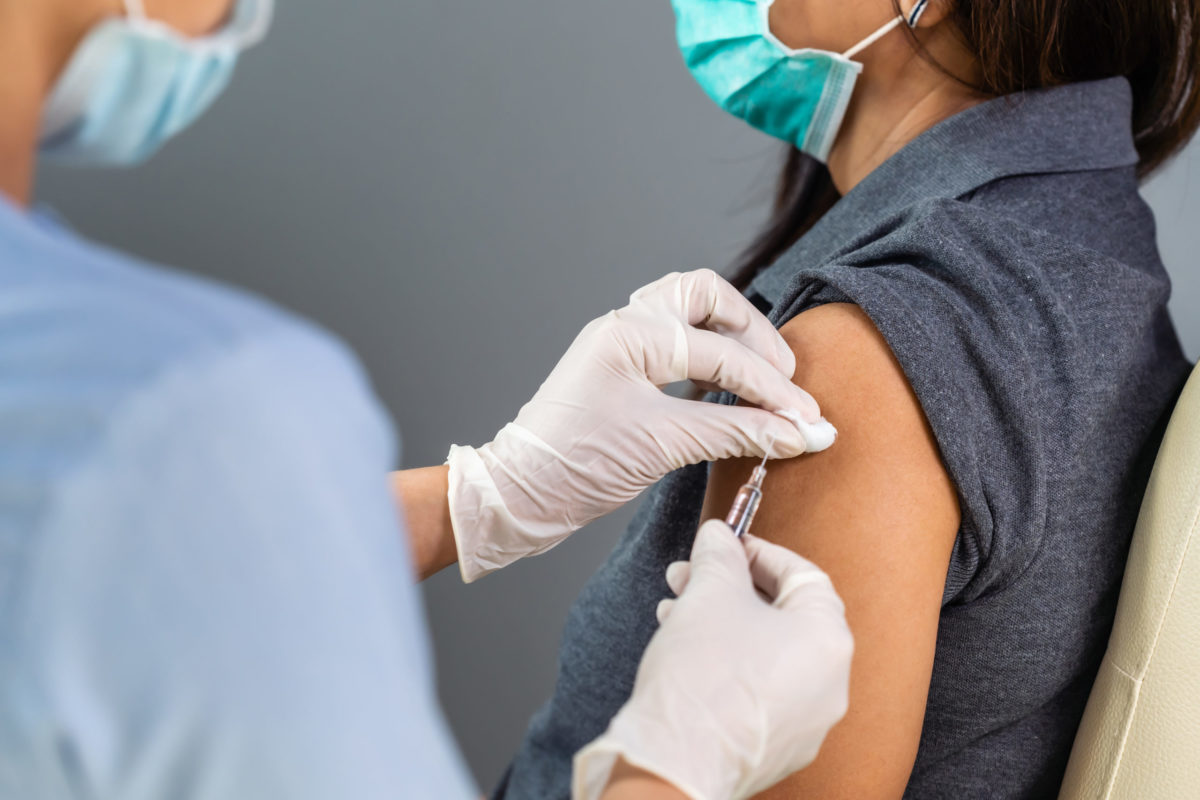
Because of differences in how they were tested in clinical trials, it is difficult to make apples-to-apples comparisons for COVID-19 vaccines.

This post reflects on the ethical implications of FDA’s use of its emergency powers, and suggests opportunities for greater accountability moving forward.
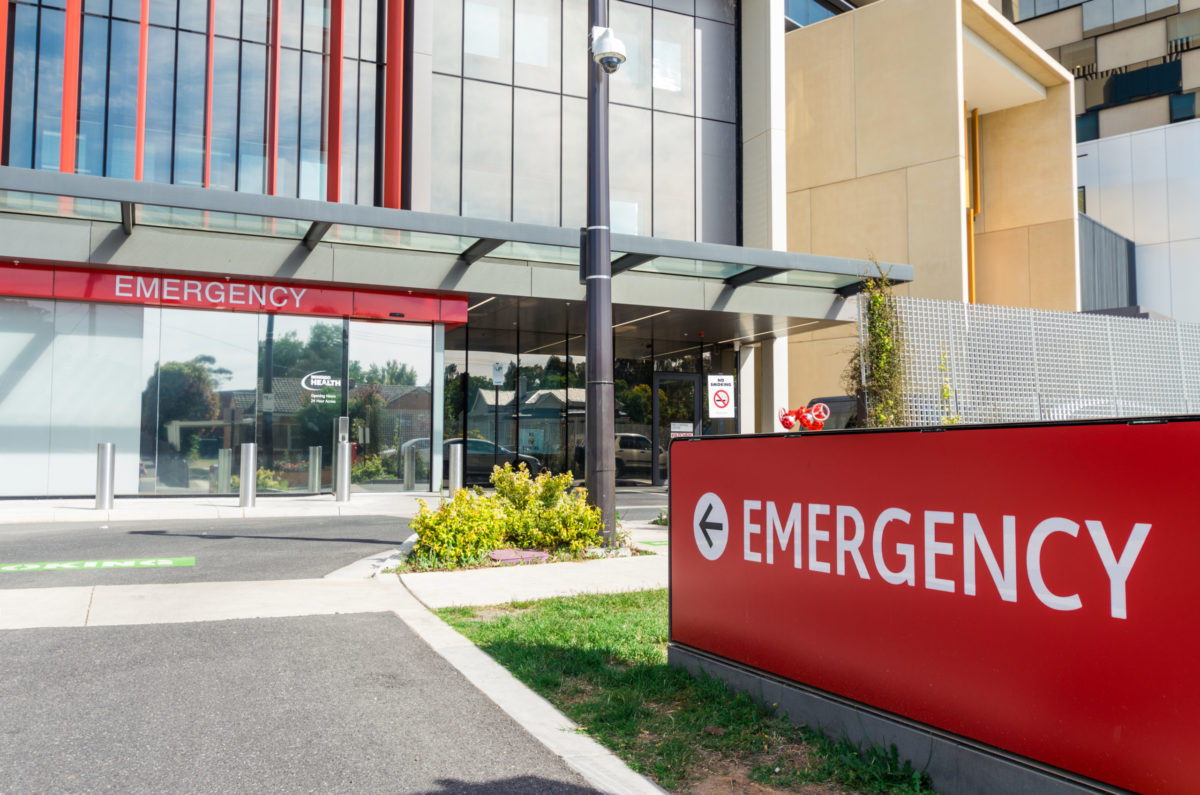
A Biologics License Application, or BLA, is FDA’s standard “full approval” mechanism for biological products, including therapeutics and vaccines.
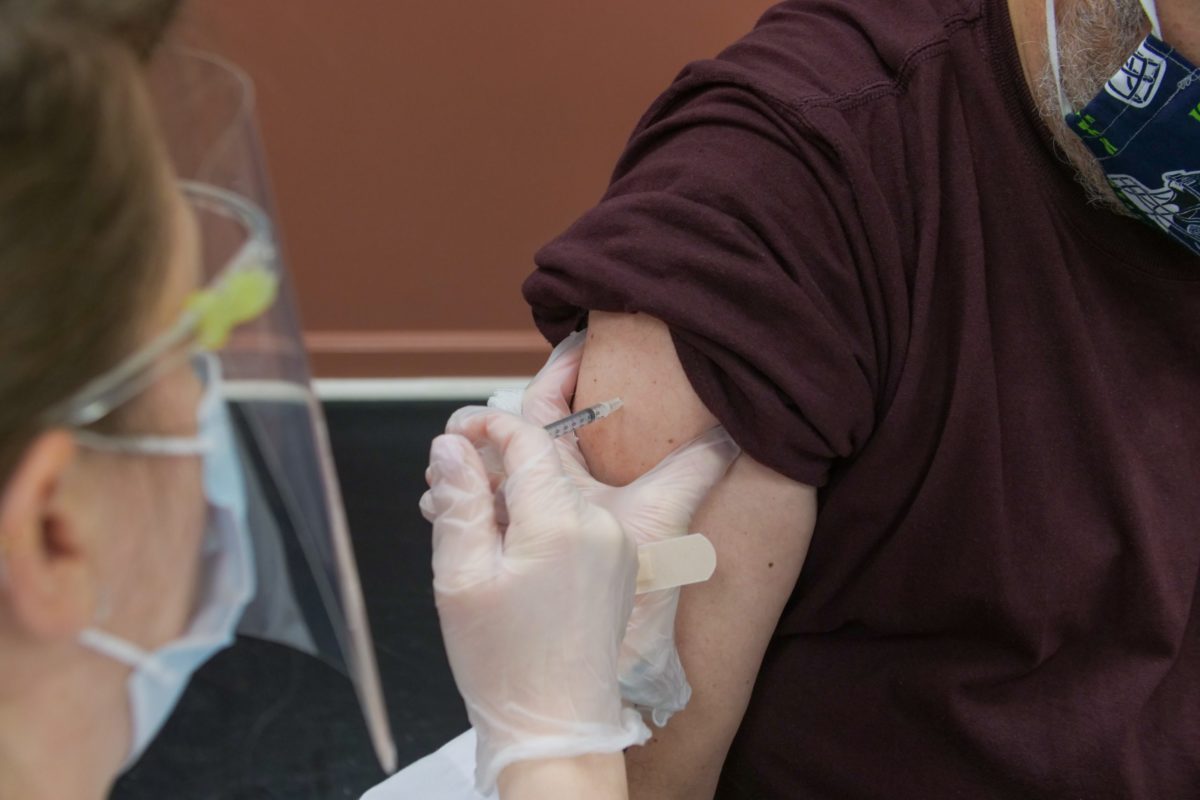
Patients may face increased out-of-pocket drug costs as a result of a rule finalized by the Centers for Medicare & Medicaid Services in July 2020.
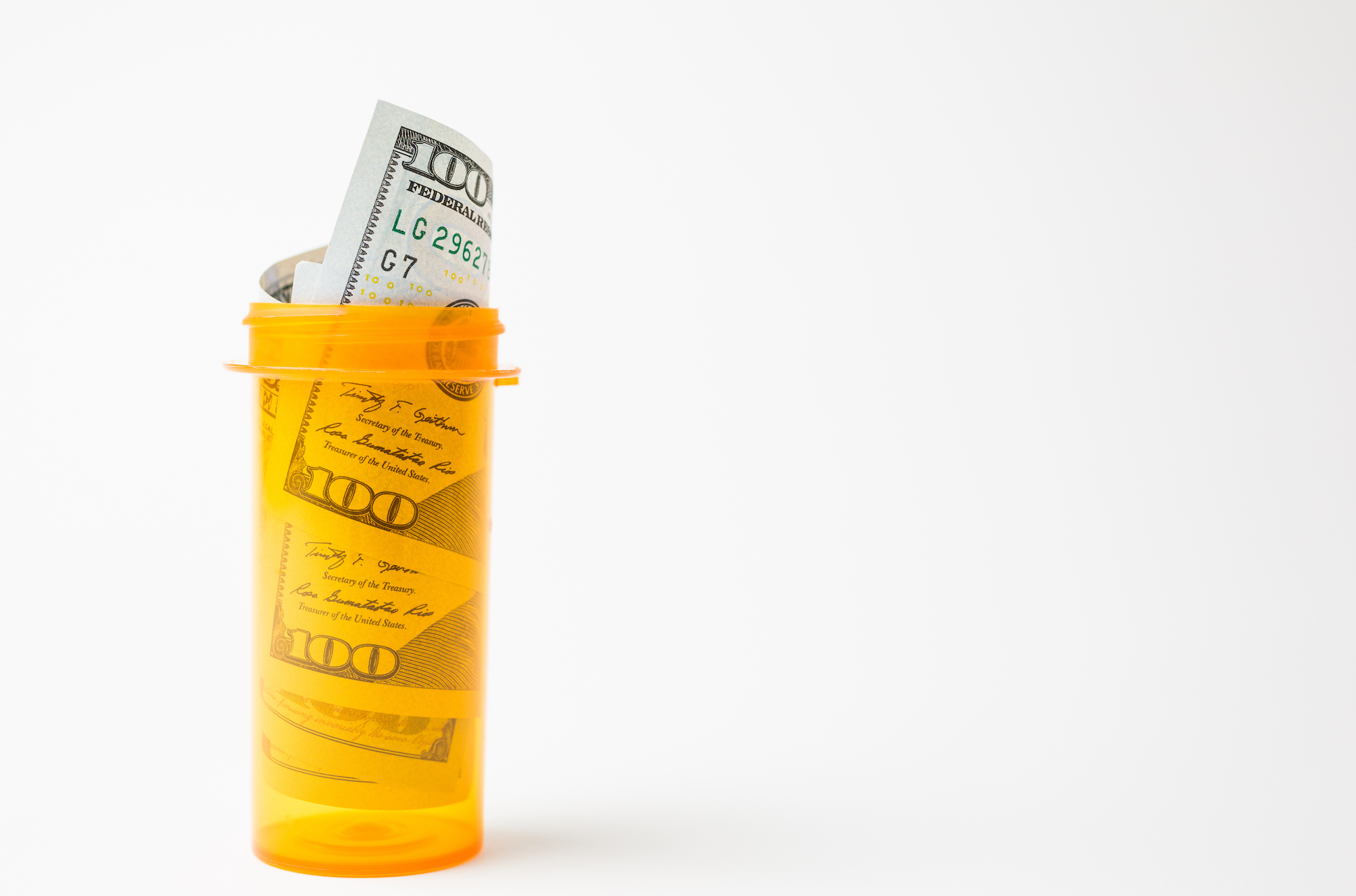
The difficult manufacturing issues involved in the therapeutic antibody context, and what might be done to address them.
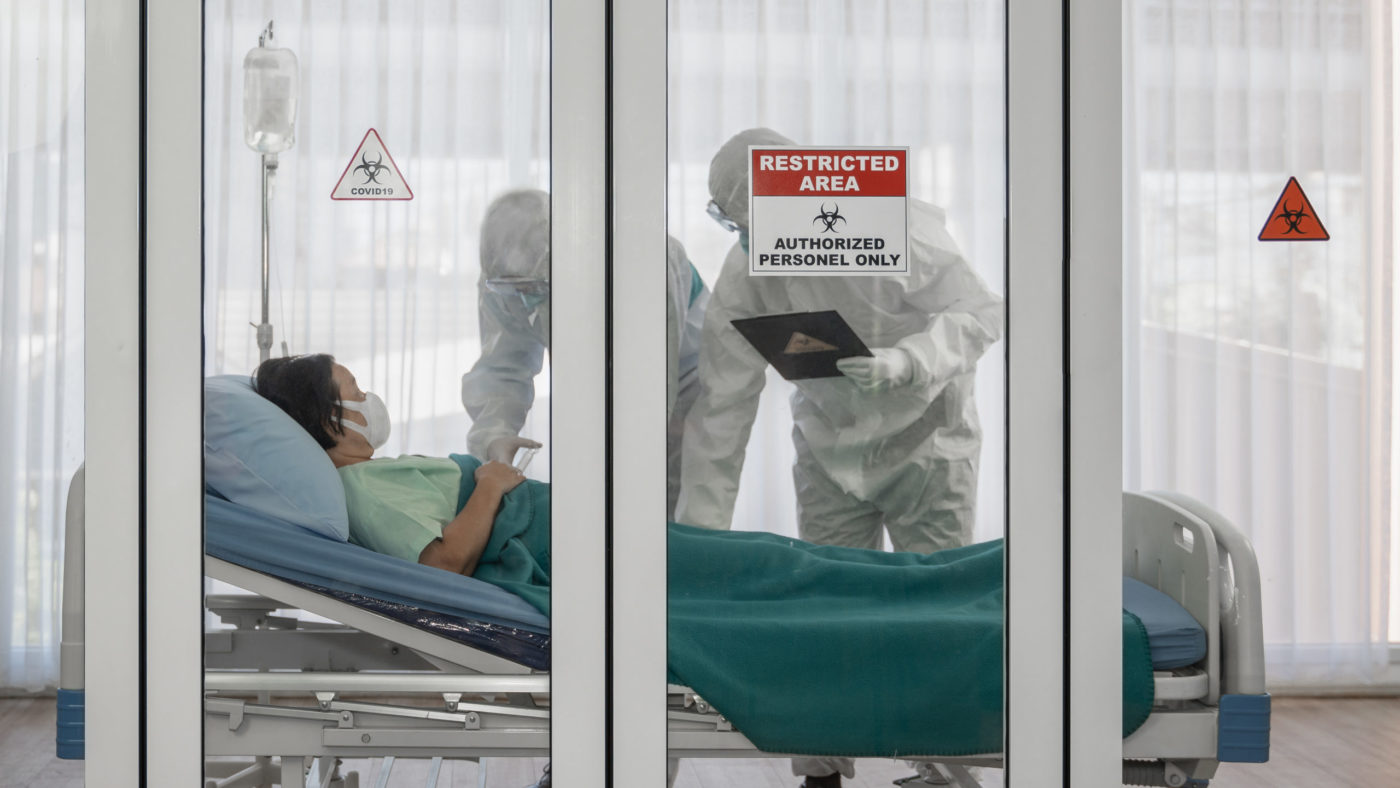
The rapid development of therapeutic antibodies is a triumph of biomedical innovation. But they won’t help unless they make it to patients.
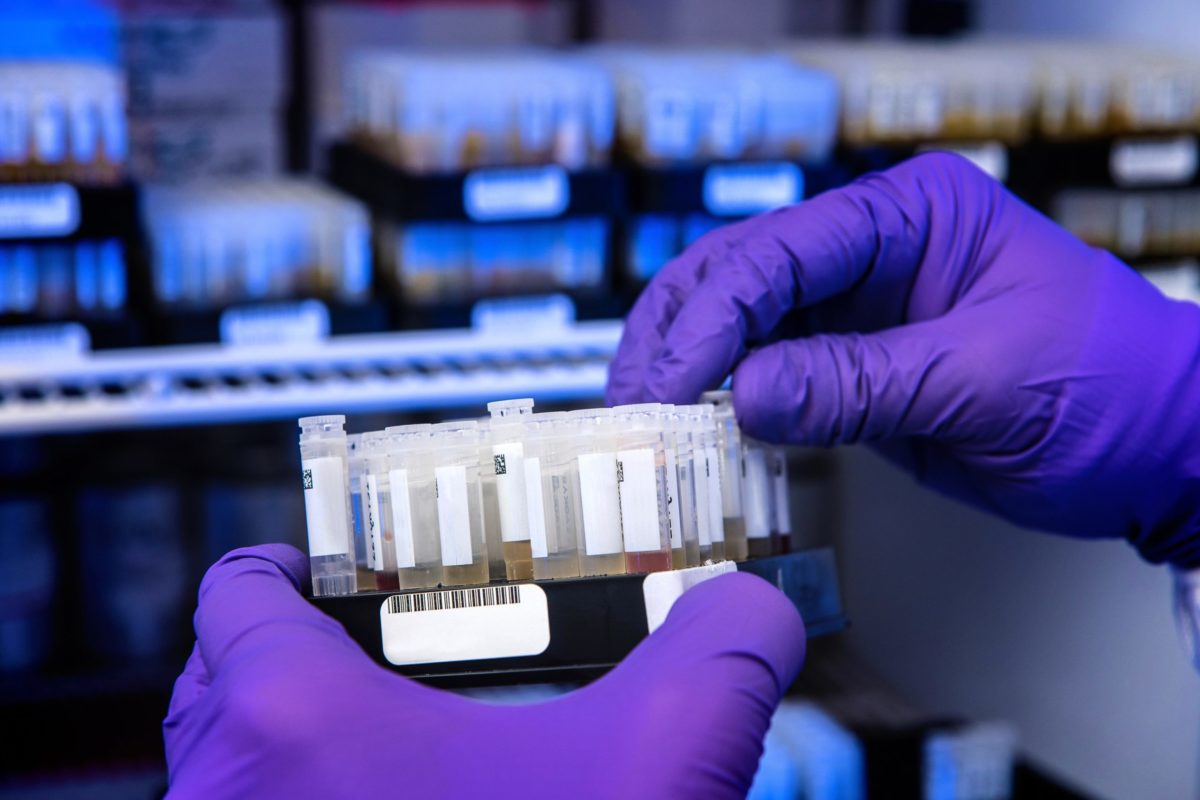
In this post we explain what went wrong and how policymakers can correct course for COVID-19 and avoid such disasters in the future.
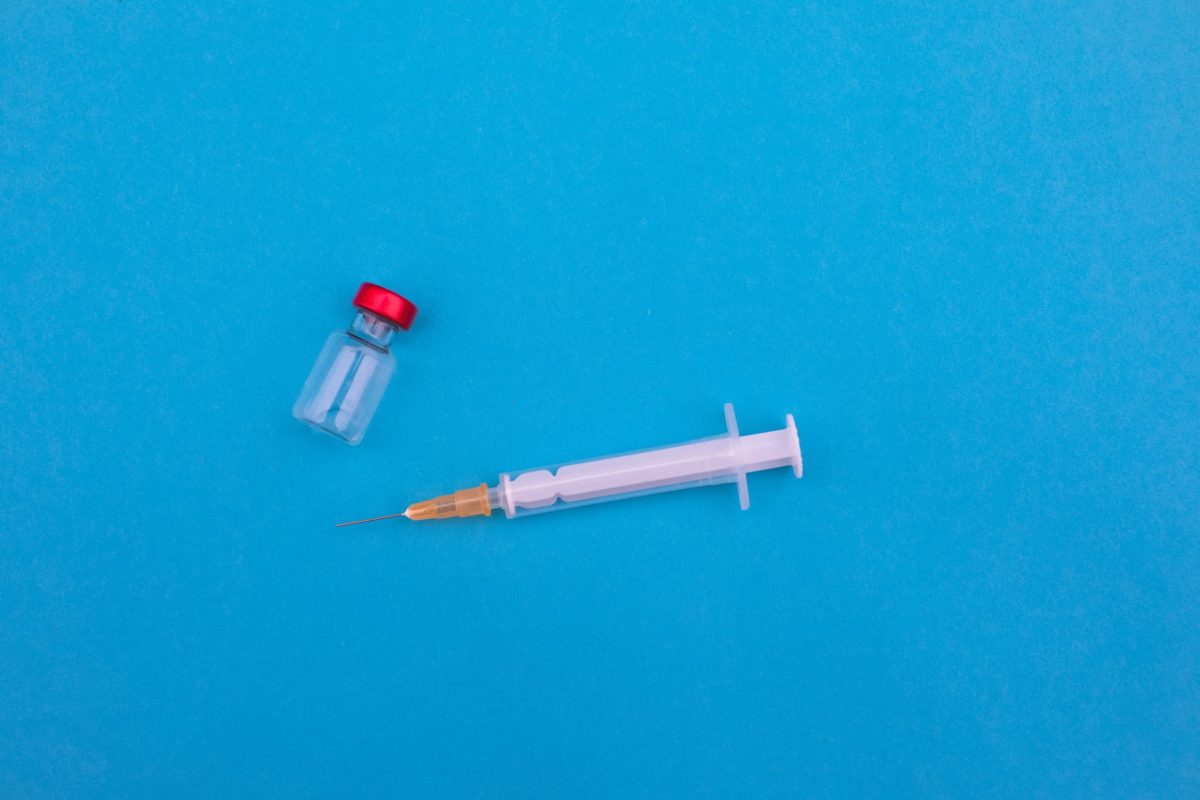
The history of EUA involves fundamental questions about the role of public officials, scientific expertise, and administrative norms in times of crisis.
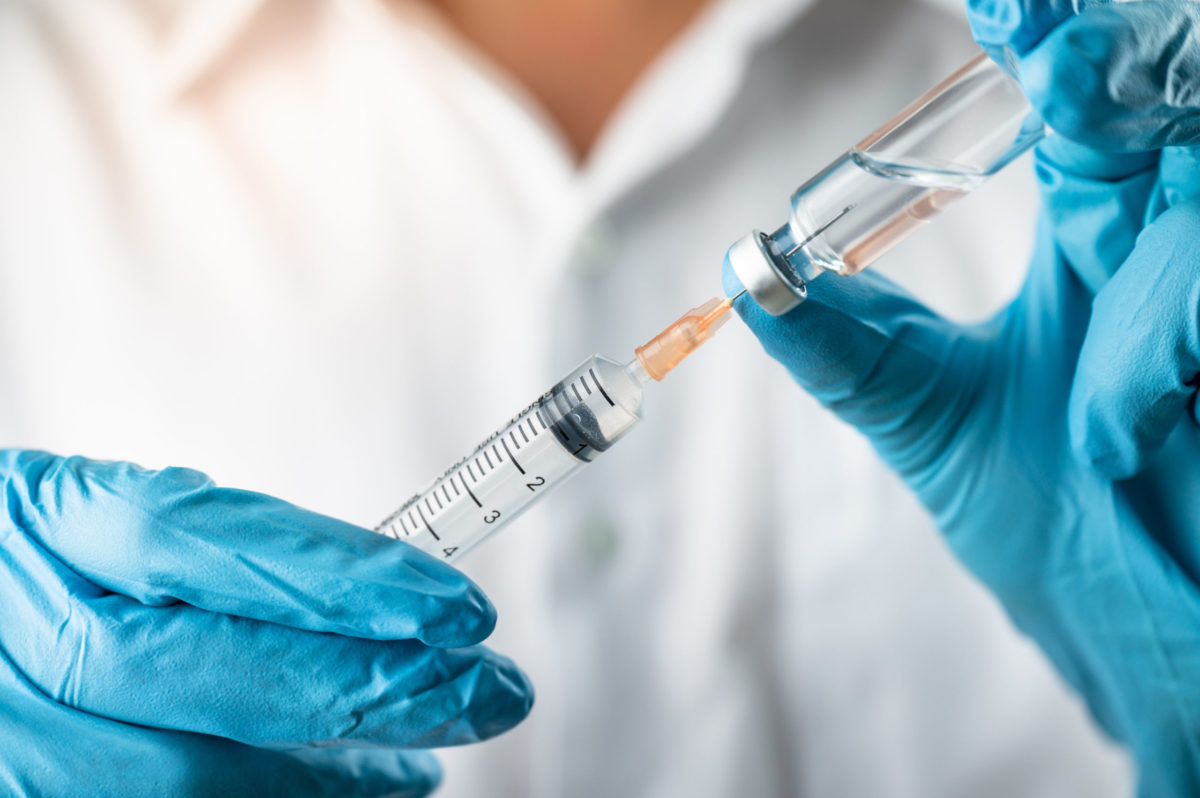
We explain why COVID-19 vaccines are only just starting to be tested in children and what policymakers can do to spur pediatric vaccine trials.
